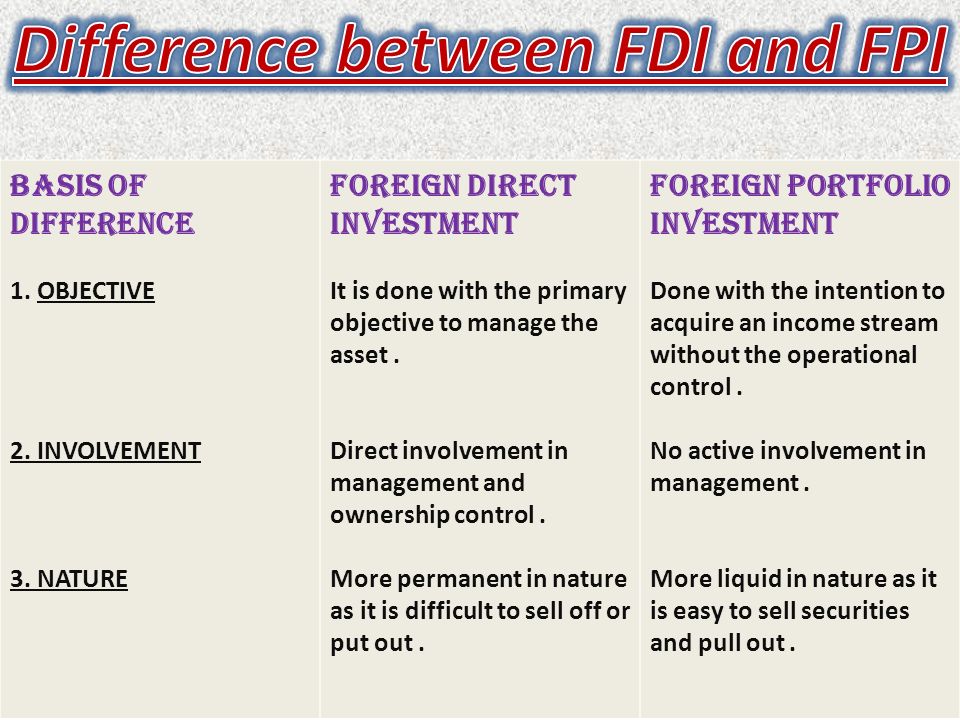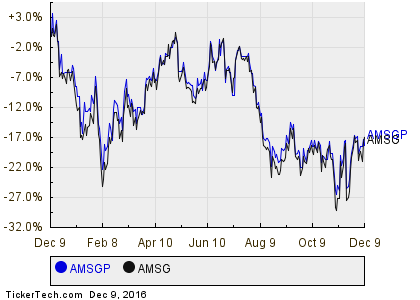
What Is A Valheim Devoted Server & Tips On How To Make One
In addition, he enjoys cooking and enjoying guitar, is an avid horror and sci-fi reader, and is a fan of black steel music. Download the

No hay productos en el carrito.
No hay productos en el carrito.

No hay productos en el carrito.
No hay productos en el carrito.
Contents:


ebitda margin means earlier than curiosity, depreciation, and amortization is an earnings metric that provides interest and depreciation/amortization back to net earnings. EBIDA is alleged to be extra conservative in comparison with its EBITDA counterpart, as the previous is mostly all the time lower. A company’s EBITDA margin measures how many operating expenses are eating up its gross profits.
All these can be analysed with the help of two indicators – EBITDA margin and operating margin. If you are looking at the possibility of online trading, it might be easier said than done. So, here we walk you through the indicators and their differences.
That is because this metric does not recognise the extraneous costs of depreciation & amortisation, taxation, and interest on debts. The EBITDA margin is an estimation of an organisation’s operating gains in terms of percentage of its overall revenues. The term ‘EBITDA’ stands for earnings before interest, taxes, depreciation, and amortisation.
Yet, there are some minor differences between the two metrics, which we bring to your attention. The EBITDA margin is an accounting metric used to determine a company’s more accurate profit picture. You must first calculate your company’s EBITDA, then divide that figure by total revenue to get the EBITDA margin. Many startups use non-standard metrics such as adjusted EBITDA to report their financial performance, which does not accurately reflect their financial health. However, Zomato faced social media backlash for using adjusted metrics in its quarterly financial results for the quarter ending June 2021, despite a net loss of INR 356 crores ($48 million). This sparked concerns over the validity of using adjusted metrics and accusations of financial manipulation.
Any expenses outside the purview of business operations aren’t supported for operating income calculation. As a end result, EBITDA could be helpful because it offers a stripped-down view of a company’s profitability from its core operations. It’s a profitability calculation that measures how worthwhile a company is earlier than paying curiosity to creditors, taxes to the government, and taking paper bills like depreciation and amortization. Instead, it’s a calculation of profitability that’s measured in dollars rather than percentages.
These deductions eliminate issues over which business owners have control, such as capital structure, depreciation techniques, debt financing, and taxes . It can display a company’s financial performance without considering its capital structure. Employing EBITDA formula, let’s sum working profit with depreciation, amortization expenditure for arriving on the EBITDA equals to $40 million ($30 million added to $10 million).
A brief insight on the application of EBITDA is discussed hereunder. In another sense, it provides a more accurate image of how a firm conducts business daily. EBITDA portrays an earning value despite the impact of interest and tax rates so it can be considered a factor linked to operations if we know the exclusions. Check your Securities /MF/ Bonds in the consolidated account statement issued by NSDL/CDSL every month.
EBITDA assumes that depreciation or amortisation expenses can be paid for in the future. But for other sectors, like manufacturing, this might be a considerable cost which would need to be considered. Since EBITDA is not subject to GAAP, or generally accepted accounting principles, it is possible to interpret it and its elements in various ways. This might open the door for frauds that investors might not be aware of immediately. EBITDA is the sum of net income + interest + taxes + depreciation + amortisation. The value for intangible assets is used throughout the tenure that may be predetermined.

Thus many financial analysts prefer to include them when comparing organisations. The quickest way to determine a business’s base earnings is to compute its EBIDTA, which is as simple as it gets. You don’t have permission to access /ebitda-margin-vs-operating-margin on this server.
Suppose there are two companies X and Y, whose EPS is Rs 500 per share. Investors might be tempted to buy these stocks considering their EPS is so high. As Benjamin Graham once expounded, there are many pitfalls to relying solely on the company’s current earnings performance to decide whether or not it is worth investing in. EPS is calculated by dividing the company’s net income with its total number of outstanding shares. EBITDA margin provides us with a measure of how much cash the company is generating per unit revenue. Knowing the EBITDA margin allows for a comparison of one company’s real performance to others in its industry.
Operating income refers to company’s revenues from core business operations like sale of products/services. Operating expenses is the sum of the cost of goods sold, employee expenses, and, other expenses such as admin, marketing, and sales expenses. Upon considering these figures, you’ll get the EBITDA of a company. EBITDA, thus, tells you the total earnings of a company at the operating level before it has made any provisions for depreciation and paid any taxes and interest.
Bumble Inc. Announces First Quarter 2023 Results.
Posted: Thu, 04 May 2023 20:05:00 GMT [source]
While Company PQR thought that it was operationally inefficient, which resulted in lower profits, all it had to do was to focus on increasing its sales. Had Company PQR not calculated the EBITDA margin and just relied on the absolute figures, it would have focused on improving its operational efficiency, which is already efficient. In this way, it wouldn’t have been able to make informed decisions to overtake Company MNQ.
The GAAP standards are crucial in guaranteeing the general accuracy of financial reporting, however they can be superfluous to monetary analysts and traders. That is, interest, taxes, depreciation, and amortization aren’t a part of an organization’s operating prices and are therefore not related to the day-to-day operation of a enterprise or its relative success. EBITDA, or earnings before interest, taxes, depreciation and amortization, is a measure of a company’s general monetary performance and is used as an alternative choice to simple earnings or internet revenue in some circumstances. Interest expenses and interest revenue are added back to internet earnings, which neutralizes the price of debt, in addition to the effect interest funds, have on taxes.
The margin does not include the impact of the company’s capital structure, non-cash expenses, and income taxes. EBITDA is a measurement of a company’s financial performance before external factors impact its profitability, like taxes and interest. Sometimes it is used in place of net income as a good alternative.
In other words, it gives a more immediate picture of how a company is operating its business on a day to day basis. EBITDA is quite easy to calculate – one of the pluses of using EBITDA to measure profitability. Analyst calculates EBITDA from available financial statements of the company even when it is not exclusively reported.
Instead of the double test of value provided by evaluating both the earnings and the assets of a company, one would be relying upon a single and therefore less dependable criterion. Even though earnings are important and have their own rightful place, a company’s resources still have some significance and require attention. And if the earnings turn out to be not in line with those ‘estimates’…boom! Predicting next quarter’s earnings for a company is one of the hottest topics of discussion (or more aptly – speculation) on ‘business’ channels. So, while screening stocks, one should look at stocks with EPS growth history and ones that are paying dividends. High EPS of a stock is a good thing but high EPS alone does not make a stock good for investing.
EBITDA Margins can be determined by dividing the total EBITDA by the total revenue of the company. Using the formula, the EBITDA margin calculator will automatically compute it for you. All you need to do is, enter the company’s net sales, raw material costs, employee costs, other operating expenses. You will receive the answer for EBITDA and EBITDA margin in an instant. There isn’t a single investor or analyst who would argue that a company’s interest, taxes, depreciation, and amortisation are not going to matter. However, EBITDA will remove all these numbers so that they are able to focus only on the necessities, and they are cash flow and profitability.
Expedia Group (EXPE) Q1 2023 Earnings Call Transcript.
Posted: Fri, 05 May 2023 00:30:36 GMT [source]
It helps you to understand the sustainability of a company before investing in it or evaluating it. It provides a clear, concise picture of how effectively a business manages high operating profits and short-term interest costs. Although EBITDA is helpful, investors are cautioned against relying heavily on it. EBITDA may occasionally be deceptive, and businesses that don’t have a solid track record of profitability utilise it to mask their true financial health. The reason we are discussing EBITDA in such details is that it is an important metric for investors.

In addition to central, state, and local taxes, there are also direct and indirect tax rates. Interest is the cost a company pays due to activities like loan repayments and interest rate fluctuations. Below accounts are used for other internal purposes and should not be used to transfer money to Upstox. Companies must use additional financial measures in addition to EBITDA to obtain a more realistic financial picture.
The contents herein above shall not be considered as an invitation or persuasion to trade or invest. I-Sec and affiliates accept no liabilities for any loss or damage of any kind arising out of any actions taken in reliance thereon. ICICI Securities is not making the offer, holds no warranty & is not representative of the delivery service, suitability, merchantability, availability or quality of the offer and/or products/services under the offer. The information mentioned herein above is only for consumption by the client and such material should not be redistributed.
EBIT means earnings (or net income/profit, which is the same thing) after deducting interest and taxes. EBIT can be determined on an income statement by starting with the Earnings Before Tax line and adding back any interest expenses the company may have incurred. Interest is not included in EBITDA because it is dependent on a company’s financing structure. It is derived from the funds it has borrowed to fuel its operations. Various companies have different capital structures, which leads to varying interest costs. As a result, adding back interest and ignoring the influence of capital structure on the business makes it easier to assess the relative performance of organisations.
EBITDA Margin is the profitability ratio that measures a company’s earnings before interest, taxes, depreciation, and amortization as a percentage of revenue. EBITDA is the abbreviation for Earnings before Interest, Taxes, Depreciation, and Amortization.more .. However, in the second example, operating income was provided by Company XYZ. It implies that only the operating items were considered for calculating the active income, which includes depreciation and amortisation.
In addition, he enjoys cooking and enjoying guitar, is an avid horror and sci-fi reader, and is a fan of black steel music. Download the
The clinician impact and financial cost to the NHS of litigation over pregabalin: a cohort study in English primary care PMC Please note that a
Trenbolone is a synthetic anabolic steroid that is commonly used by athletes and bodybuilders to enhance their muscle growth and performance. It belongs to Trenbolone
Empresa dedicada a la venta de Electrodomésticos de excelente calidad y a los mejores precios.